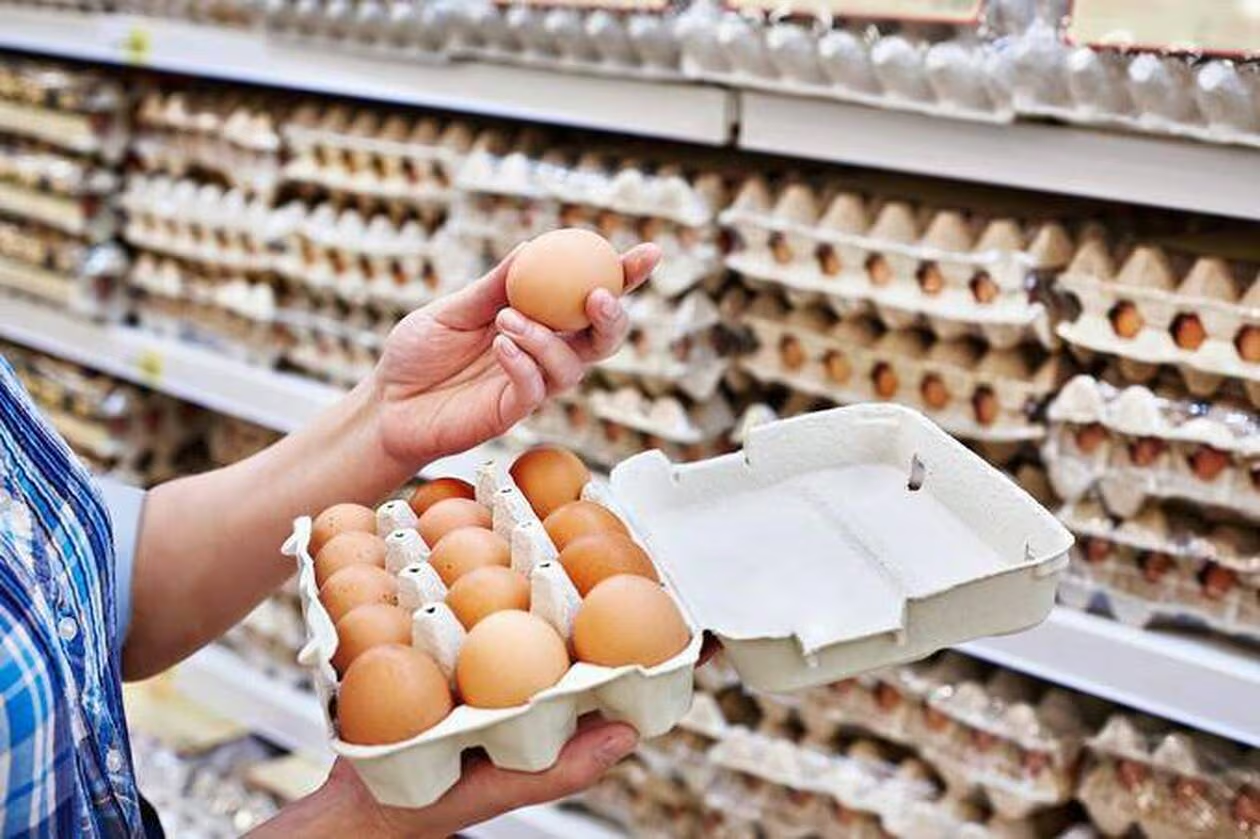Africa is struggling to reduce its costly dependence on rice imports. A group of West African countries has drawn up a $20 billion plan to improve rice production, but obstacles such as floods in Mali and imports in Nigeria are holding back progress. Africa remains dependent on imports for about 40% of its rice needs, a vulnerability exacerbated by India’s export restrictions in 2023. Regional coordination to improve irrigation, seeds and agricultural practices is progressing, but investment in infrastructure is needed to achieve self-sufficiency. Rice is a key staple food in West Africa, valued for its ease of use and is increasingly being adopted in rapidly growing urban areas.
Africa spends about $5 billion a year importing rice. In 2022, rice production in Africa was about 14 million tonnes, but this is still insufficient to meet the growing demand. Some countries, such as Mali, have achieved a 90% self-sufficiency rate in rice, but this remains the exception rather than the norm. Rice is the main source of calories for millions of Africans, accounting for a significant part of the daily diet in many countries. About 12 million hectares of land are devoted to rice cultivation in Africa. Rice varieties grown in Africa mainly include paddy rice, with a growing preference for improved varieties that offer higher yields.
Source : Bloomberg




